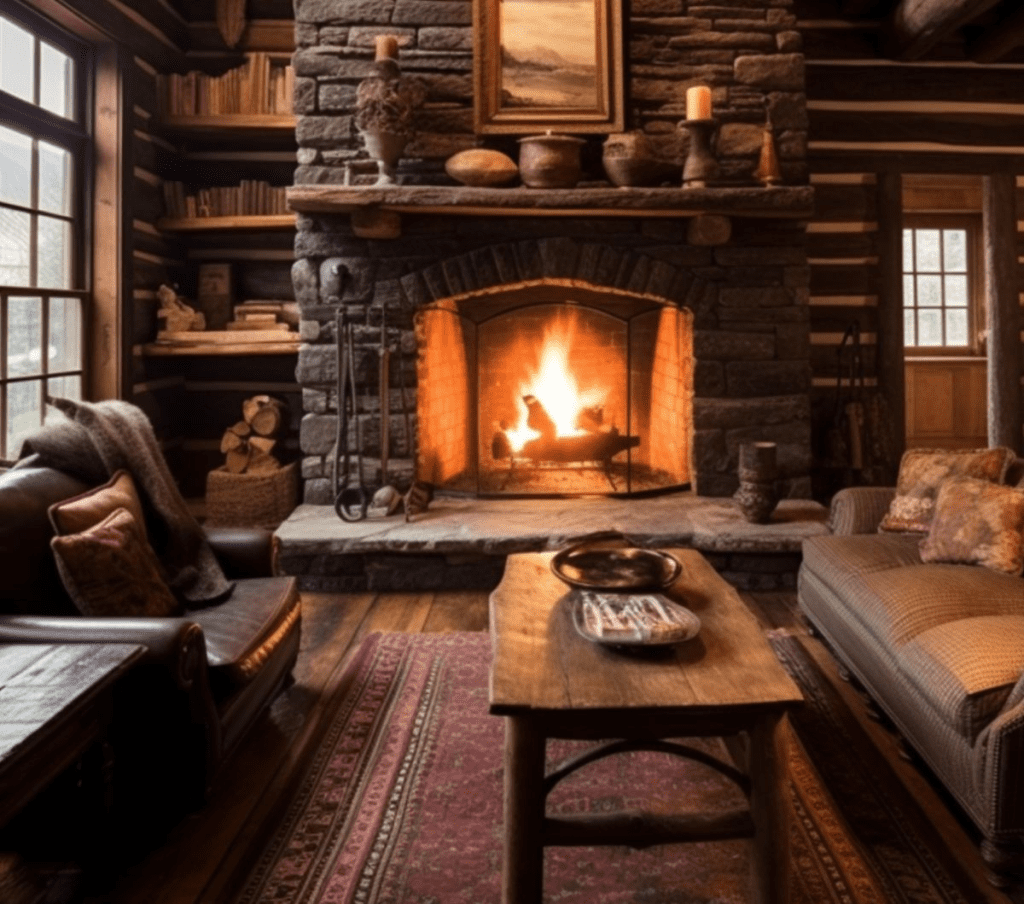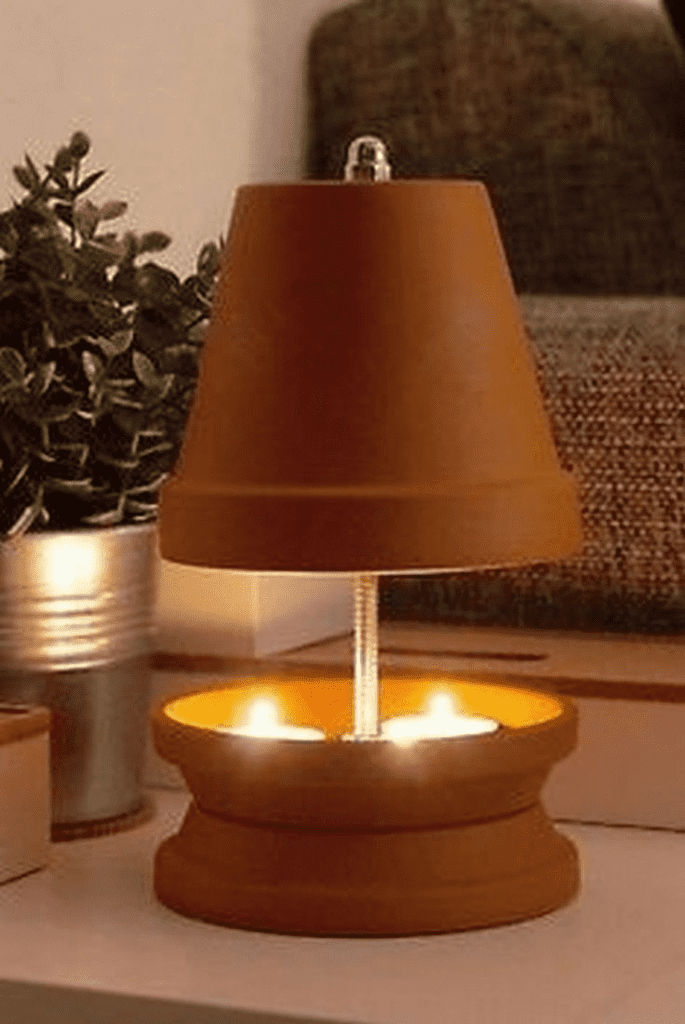Winter brings chilly days and even colder nights, and keeping warm without relying on electricity can be a challenge. Whether you’re facing a power outage or just want to save on your electric bill, there are several effective, eco-friendly ways to heat a room without electricity. Here, we’ll dive into traditional methods, clever DIY solutions, and ways to maximize warmth naturally.

1. Utilize a Wood-Burning Stove or Fireplace
There’s nothing quite like the warmth and ambiance of a wood-burning stove or fireplace. Wood stoves are among the most effective non-electric heating options, delivering steady, comfortable warmth that can keep a room cozy even on the coldest days. If you already have a fireplace, make sure it’s in good working condition. Have the chimney cleaned and inspected regularly to maintain safety and efficiency.
For those who have access to firewood, this heating option is not only cost-effective but also environmentally friendly when wood is sourced sustainably. Plus, the radiant heat from a fire feels especially comforting, making it an ideal choice for family gatherings or cold winter evenings.
2. Propane and Natural Gas Heaters for Quick, Efficient Heating
Propane and natural gas heaters are another effective way to keep warm without electricity. Portable propane heaters are especially handy for heating single rooms quickly, and they come in various sizes to accommodate different spaces. Many models are designed with safety features like tip-over protection and oxygen sensors, adding a layer of security.
Natural gas heaters, which can be installed as permanent fixtures, are an excellent long-term solution for off-grid heating. However, with any gas or propane heater, proper ventilation is essential to avoid carbon monoxide buildup. If you go this route, investing in a carbon monoxide detector is highly recommended.
3. Oil-Filled Radiators as Efficient Backup Heating
While oil-filled radiators technically use electricity to warm up, they offer a unique advantage. Once heated, these radiators retain warmth for an extended period, even after being unplugged. This feature makes them useful during short power outages, as the heated oil continues to radiate warmth. To make the most of an oil-filled radiator, plug it in when you have power, then unplug it to enjoy residual heat during outages.
These heaters are compact and easy to use, and while they’re not a primary heating solution during an extended power loss, they can provide temporary comfort.
4. Embrace Solar Heaters for Sustainable Warmth
Solar heaters harness the sun’s energy, offering a renewable and eco-friendly way to heat a room without relying on conventional electricity. There are various types of solar heaters, including passive solar heating systems that capture and store sunlight during the day and release it as heat at night.

Although the initial setup for solar heaters can be costly, the long-term benefits include savings on energy costs and a reduced carbon footprint. Solar heating can be especially effective in sunlit rooms, helping to maintain warmth without a continuous energy source.
5. Insulate with Thermal Curtains and Draft Stoppers
Heating a room efficiently isn’t just about generating warmth—it’s also about retaining it. Using thermal curtains and draft stoppers can help prevent warm air from escaping and cold air from seeping in, making your heating efforts more effective.
Thermal curtains are specially designed to trap heat inside and keep cold drafts out, particularly around windows. They’re an easy and inexpensive way to add insulation to your room. Similarly, draft stoppers, which you can place at the bottom of doors, block drafts from entering, helping to seal in the warmth.
6. DIY Flower Pot Heater for Small Spaces

For a creative and budget-friendly heating solution, try a DIY flower pot heater using just a few household items. This method is simple and adds some warmth to a small area. Here’s how to make one:
Materials:
- Two clay flower pots (one large, one small)
- Several tea light candles
- A metal tray or saucer
Instructions:
- Place the metal tray or saucer on a flat, fire-safe surface.
- Turn the smaller flower pot upside down on the tray and arrange tea light candles around it.
- Place the larger flower pot upside down over the smaller pot, creating a “chimney” effect.
- Light the candles and allow them to heat the pots. As the candles burn, the clay pots will warm up and radiate heat.
This DIY heater is an excellent supplemental option but exercise caution, as open flames should never be left unattended.
7. Use Hot Water Bottles and Dress in Warm Layers
For localized warmth, hot water bottles can be a simple yet effective solution. Fill a hot water bottle and place it under blankets or keep it near you to provide a cozy source of heat. Hot water bottles are especially useful for staying warm while sleeping or lounging.
Additionally, wearing layers of warm clothing—such as sweaters, thermal socks, and hats—can make a significant difference in your comfort level. Dressing warmly indoors might seem like a small adjustment, but it can help you feel comfortable without needing to heat the entire room.
8. Rugs and Floor Insulation

It’s easy to overlook floors as a source of cold air, but uninsulated floors can let warmth escape quickly. Adding thick rugs or insulating mats to your room can trap warmth and prevent cold air from seeping in. Rugs, especially those made of wool or other insulating materials, help create a cozier atmosphere while minimizing heat loss.
If your home has wooden or tile floors, adding a rug is one of the simplest ways to insulate and make the room feel warmer without additional heating.
Conclusion: Stay Warm This Winter Without Relying on Electricity
Heating a room in winter without electricity might seem challenging, but with the right strategies, it’s entirely possible to stay warm and cozy. Whether you opt for a wood-burning stove, a propane heater, solar warmth, or simply maximize insulation with thermal curtains and draft stoppers, each of these methods offers an efficient way to keep the chill at bay.
By combining these techniques, you can create a comfortable space that requires minimal reliance on electricity. So next time winter rolls around, remember that staying warm without power is not only doable but can also be a rewarding, eco-friendly choice. Try out these methods and find what works best for your space, and enjoy the warmth all season long.


